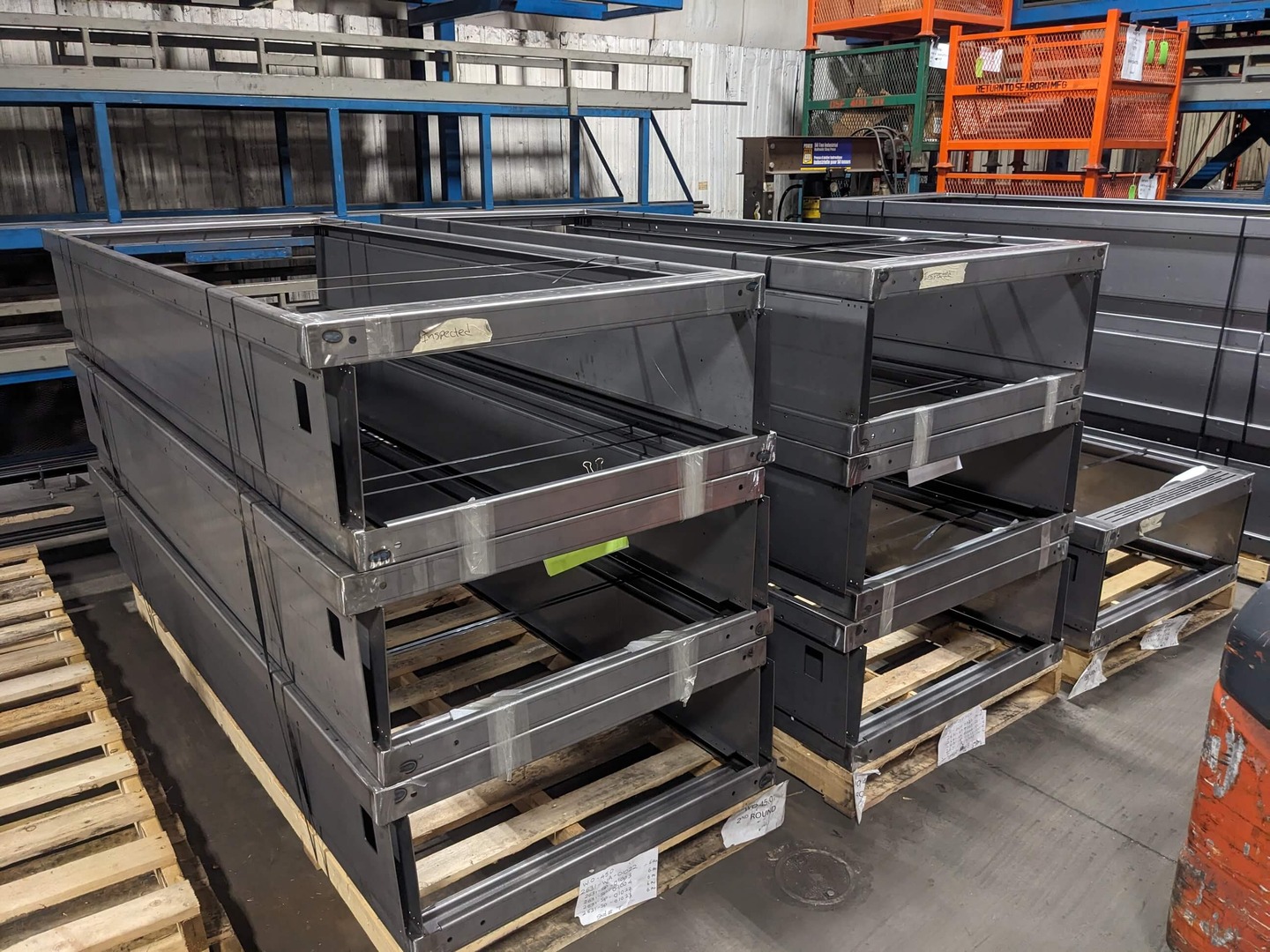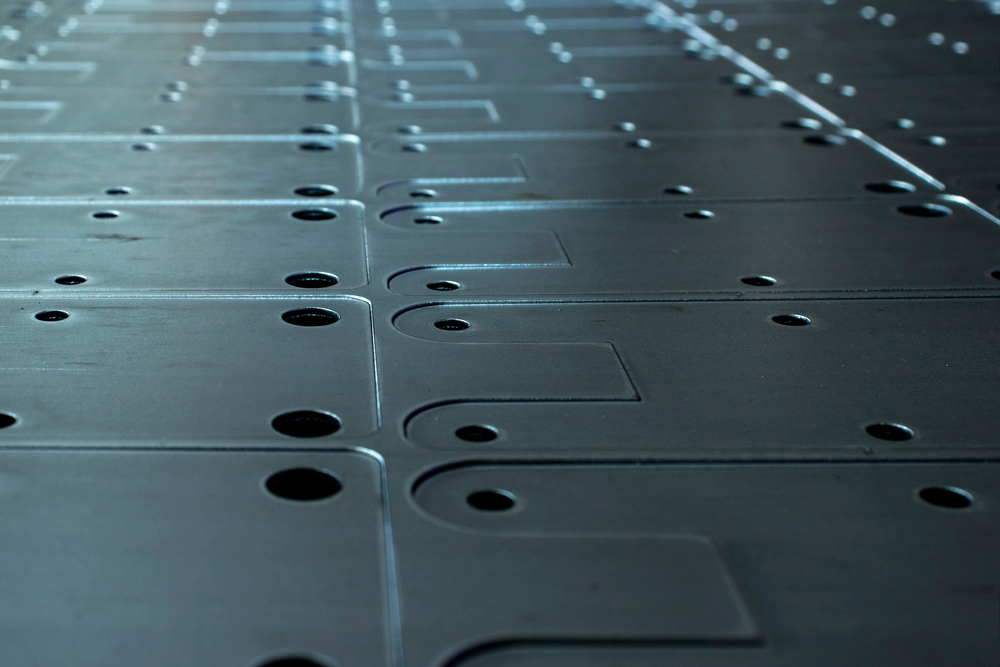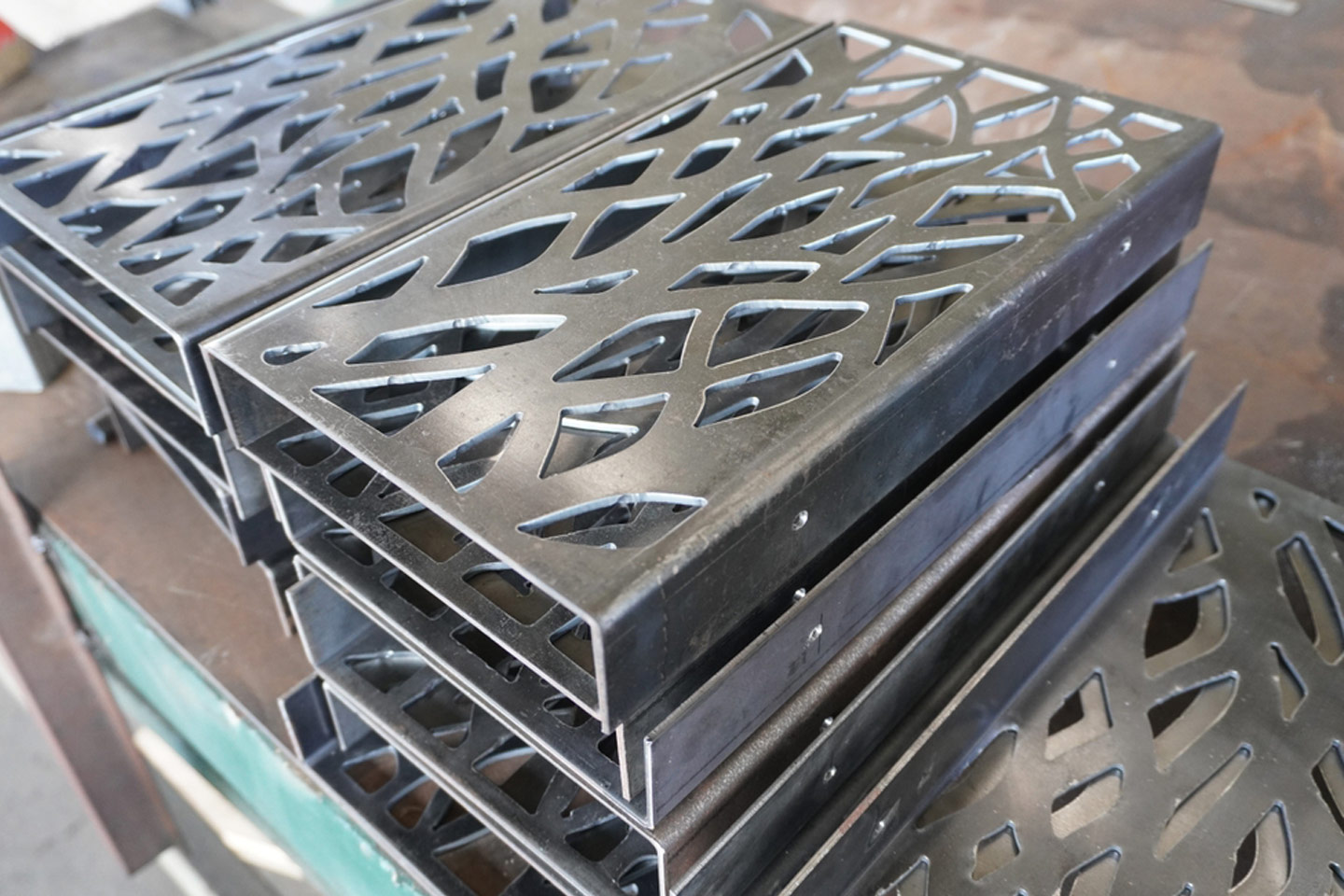Introduction
3D printing has changed our minds regarding metal fabrication; it indeed eased the manufacturing of complex parts. Some people have come to the point of believing that it will replace the traditional ways entirely, which is, however, false. Despite the fact that there are several considerable benefits from the 3D printing process, it has limitations that keep it from completing the entire task. Traditional fabrication is still the go-to process for big-batch production.
Where 3D Printing Excels in Fabrication
1. Rapid Prototyping
Among the top benefits is the quick turn around of prototype plastic parts. This allows engineers and designers to quickly have a functional plastic part in hand. There is no need for expensive molds and tooling for a prototype. The one-off or low-volume plastic part stands as a prime example for which 3D printing is suited. These typically have striations lines from the printing process which in many cases and for prototyping is acceptable.
2. Complex Geometries & Customization
3D printing creates complicated shapes that typical machines can’t. This is why industries such as medical, use it to manufacture parts for patients. These typically have little in common with the 3D printers most of the world is familiar with. A sintered metal 3D part the size of a gulf ball with a high finish can easily take 3 days to print on a million to XX million dollar 3D printer with integrated machining. The part is an incredible achievement but not in the price range of the masses. If machining a component would be too challenging (due to internal features), 3D printing might be the answer.
3. Reduced Material Waste
Since 3D printing builds the parts layer by layer, minimal material is wasted. Unlike cutting, milling, or casting, where metal is cut in excess, additive manufacturing cuts only the necessary amount. There is still often a need for support and webbing to aid the 3D printing process.
Limitations of 3D Printing in Full-Scale Production
1. Material Constraints
- Fewer material options – Unlike traditional manufacturing which has a great number of plastics, synthetics, metals and alloys to work with, 3D printing techniques cannot work with every material.
- Not as strong – Most printed parts are less robust than those produced by traditional manufacturing methods and few even come close to standard metal practices like casting, or machining, rendering these components unsuitable for heavy-duty applications.
- Weaknesses within the prints – Because parts are built up layer by layer, they may have weak points in their structure which do not exist in parts that are injected, machiend or stamped.
2. Speed & Scalability Issues
- Takes longer – Conventional processes such as CNC machining allow parts to be produced within minutes, whereas 3D printing takes hours or days to make a single part.
- Not made for mass production – There is no practical way to print thousands of parts using 3D printing because they must be printed one thin layer at a time.
- A lot of post processing – Many parts that are 3D-printed still need sanding, polishing, or heat treatment before being usable, which adds time to the whole process.
3. Cost Factors
- Machines and material are highly expensive – Industrial 3D printers and raw materials are not cheap; hence, it becomes a hefty investment. 3D print materials cost more than the traditional material does.
- Not economically for large-scale production – 3D printing works perfectly for small quantities, but the cost-per-part makes it too expensive to manufacture thousands or even millions of them.
- Requires specific equipment to make quality parts – It’s economical because basic 3D printers do not do much; strong, precise parts need advanced and expensive machines.
Why Traditional Fabrication Remains Essential
There is no getting away from CNC machining, tube bending, and welding. All these processes deliver strength, reliability, and cost-effectiveness on all scales. Once again traditional fabrication is still the best method for manufacturing high quality parts in bulk.
Conclusion
3D printing is a great tool to be sure but not a replacement for traditional fabrication; it is a complement. For part quality, cost effectiveness, and speed to produce, more traditional manufacturing methods such as machining, fabrication, injection moulding and casting, are still the modern choice.
Going into the future, perhaps manufacturing will be more of an amalgamation of both, where the strength of traditional manufacture combines with the flexibility of 3D printing.







